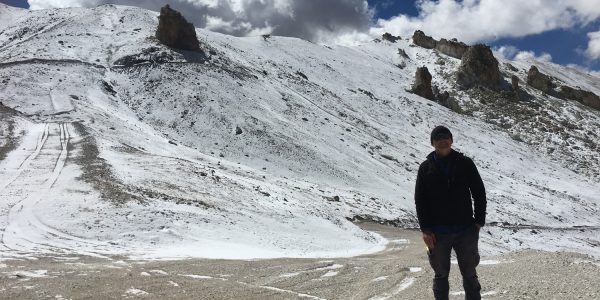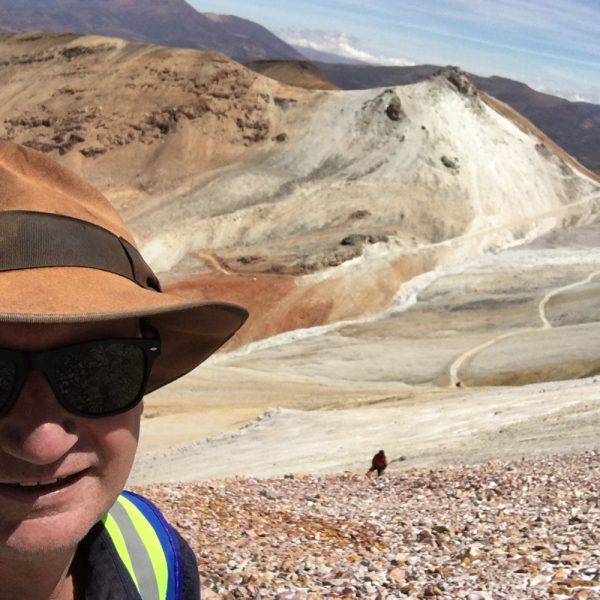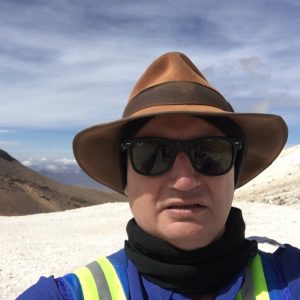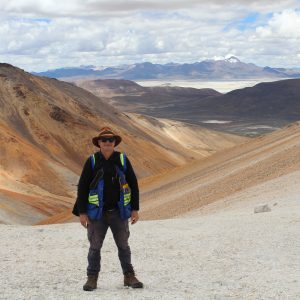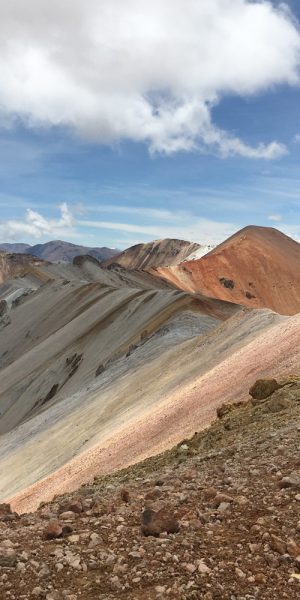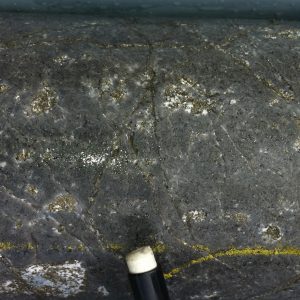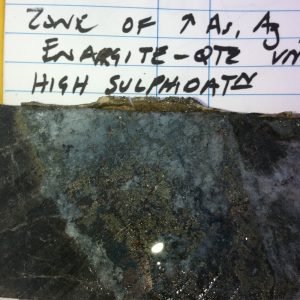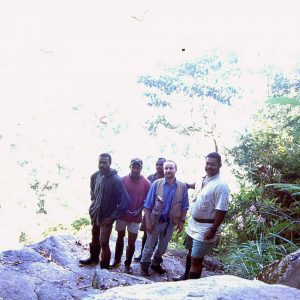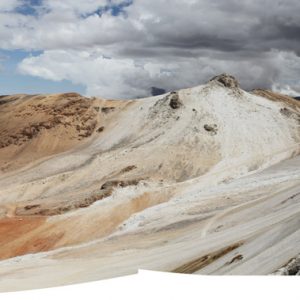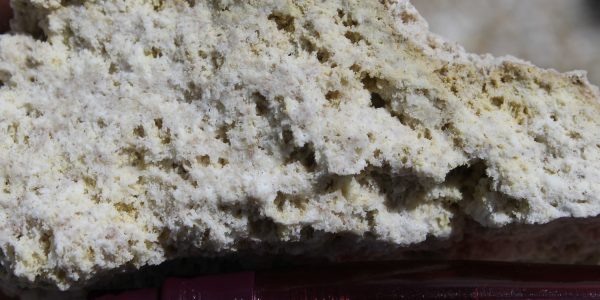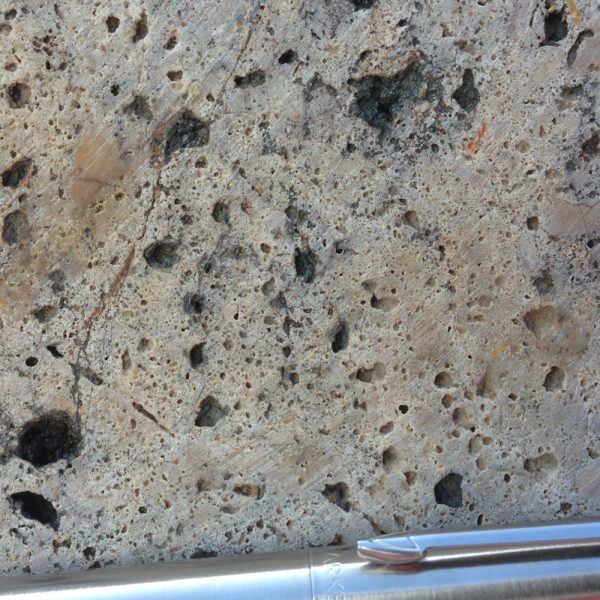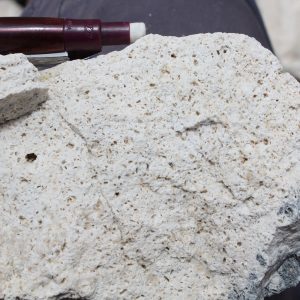The controls for high sulphidation epithermal Au deposits are strongly dependent upon the evolution of the hydrothermal fluid during ascent to higher crustal levels from the intrusion source at depth (Corbett, in prep). Consequently, there is a positive association between major structures and high sulphidation epithermal Au deposits although Corbett (in prep) suggests the actual mineralisation may occur in minor subsidiary fracture systems.
In general Corbett (in prep) proposes that the migration of the hydrothermal fluid that provide the overall form of high sulphidation epithermal Au deposits, is controlled by:
- Permeable lithologies such as fiamme tuffs (Pierina, Peru; Quimsacocha, Ecuador), basement conglomerate (Wafi, Papua New Guinea) or sandstone (La Arena, Peru), although ore shoots occur at intersections of feeder structures with permeable lithologies (La Coipa, Chile; Nena, Papua New Guinea; Sipan, Peru; Gidginbung, Australia) (Corbett in prep).
- Structures as dominantly dilatant fracture-veins, (El Indio, La Coipa, Chile; Peak Hill, Australia) or intersections of structures with breccia pipes (Lepanto, Philippines) or permeable lithologies (Nena, Papua New Guinea) (Corbett in prep).
- Breccias, as phreatomagmatic (diatreme) breccia pipes (Pascua-Lama, Chile-Argentina; Veladero, Argentina; Yanacocha, La Virgin, Peru; Lepanto, Philippines; Miwah, Indonesia) although the diatreme pipe may locally predate the high sulphidation system (Wafi, Papua New Guinea). Elsewhere, brecciated dome margins also provide permeability (Mt Kasi, Fiji; Yanacocha, Peru) (Corbett in prep).
- In many cases earlier lithological control to hydrothermal alteration might be overprinted by a later structural control to mineralisation within veins and breccias (Peak Hill, Australia; Pascua-Lama, Chile-Argentina) (Corbett in prep).

